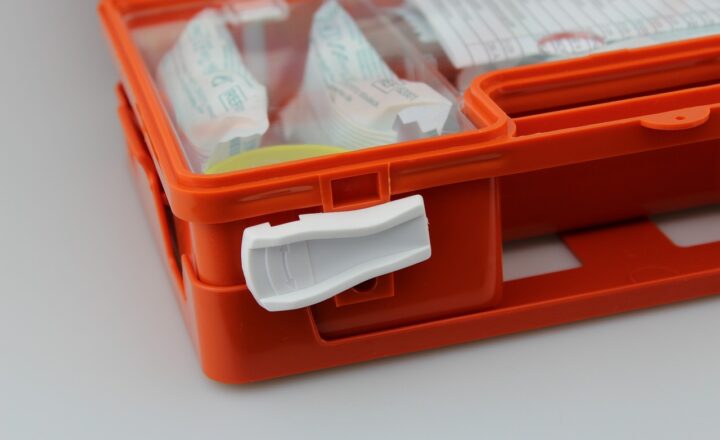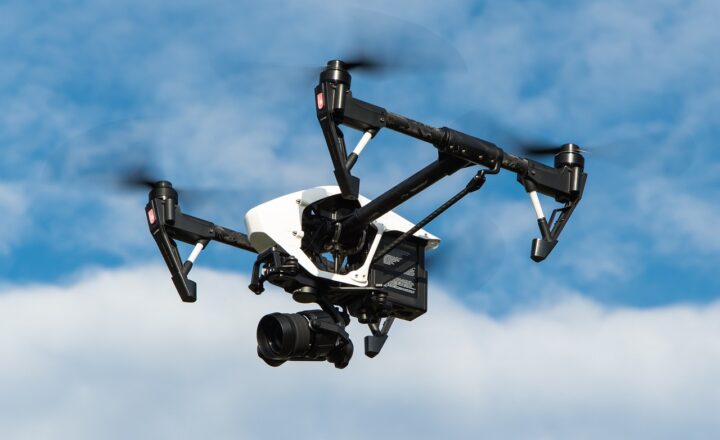Why Everyone Should Learn CPR: Facts and Myths Explained
November 11, 2024

Cardiopulmonary Resuscitation (CPR) is a lifesaving technique that can dramatically improve survival outcomes following cardiac arrest. With studies indicating that over 350,000 people experience out-of-hospital cardiac arrests each year in the United States alone, the importance of CPR cannot be underestimated. Unfortunately, despite its critical nature, many myths and misconceptions surround CPR, which can prevent people from seeking this valuable knowledge. This article aims to debunk common myths, present the facts, and emphasize the importance of learning CPR.
1. The Importance of Learning CPR
Cardiac arrest can happen to anyone, anywhere, often without warning. Learning CPR empowers individuals to act in life-threatening situations, increasing the chances of survival. Here are some compelling reasons why everyone should learn CPR:
- Immediate Action: CPR can be the difference between life and death. If performed within just a few minutes of a cardiac arrest, CPR can double or even triple chances of survival.
- Widespread Applicability: You are not just learning a skill for emergencies; it could also be your family member, friend, or colleague in need of help.
- Community Wellness: The more people trained in CPR, the healthier the community becomes. Communities with high CPR training rates see better overall outcomes in emergencies.
- Legal Protection: The Good Samaritan laws in many places provide protection to those who assist in an emergency situation, as long as they act in good faith.
Learning CPR is a form of community service that can save lives and foster a culture of prevention and readiness.
2. Common Myths About CPR
Despite the clear benefits of learning CPR, several persistent myths discourage people from training. Here are some common misconceptions:
Myth 1: CPR is complicated and requires extensive training.
Many people believe that CPR is too complex to learn; however, basic CPR techniques can be learned within a few hours. Organizations like the American Heart Association and the Red Cross offer accessible courses for both laypeople and professionals.
Myth 2: CPR is only for medical professionals.
While healthcare providers should be trained in advanced techniques, anyone can learn and perform CPR. Being a bystander trained in CPR can make a critical difference in emergencies.
Myth 3: I might hurt the person if I perform CPR incorrectly.
Though untrained people may worry about causing more harm, the reality is that not performing CPR is far riskier than the potential consequences of improper technique. Remember: “Doing something is better than doing nothing.” Protecting the airway and establishing circulation can vastly improve survival odds.
Myth 4: CPR only involves chest compressions.
While hands-only CPR without breaths is recommended in some cases, traditional CPR involves providing rescue breaths as well. CPR training teaches the importance of both components and when to use each method appropriately.
3. The Statistics Behind CPR
Understanding the statistics surrounding cardiac arrest and CPR can further highlight its importance:
- Survival Rates: The American Heart Association estimates that cardiac arrest survival rates are around 10% to 12% for those who receive immediate CPR versus 2% to 3% for those who do not.
- Bystander CPR: Individuals administering CPR can increase survival rates by more than 300%.
- Training Accessibility: Many organizations provide free or low-cost CPR courses, highlighting the crucial need for public awareness and training.
These statistics shed light on the unquestionable value of learning CPR. You never know when you may need to use this vital skill.
4. What to Expect in a CPR Course
Enrolling in a CPR course is an excellent step to understanding and mastering lifesaving techniques. Here’s what participants typically learn:
- Recognition of Cardiac Arrest: How to identify when someone is in cardiac arrest and when to call for help.
- Hands-only CPR: Proper technique for performing chest compressions, including rate, depth, and hand positioning.
- Rescue Breaths: How to administer rescue breaths if necessary, including the correct way to create a seal and the timing for breaths versus compressions.
- Using an AED: How to use an Automated External Defibrillator (AED) and the importance of its use alongside CPR.
- Proper Sequence of Action: Learning what to do first during an emergency scenario, including calling emergency services and assessing the situation.
Most courses also include hands-on practice, which is essential in solidifying the techniques learned.
5. Conclusion
Understanding CPR not only equips individuals with the skills to save lives but also promotes a culture of safety and preparedness. Despite myths that may deter people from seeking training, the need for bystanders to be equipped with CPR knowledge is paramount. The effectiveness of CPR can significantly shift survival outcomes in emergencies, and with minimal investment of time and resources, anyone can become empowered to be the difference.
Enrolling in a CPR course is straightforward and often free or low-cost. There’s no reason not to learn this critical skill—because being ready to act in an emergency can be the difference between life and death. Don’t wait; consider signing up for a CPR course today and join the ranks of lifesavers in your community.








